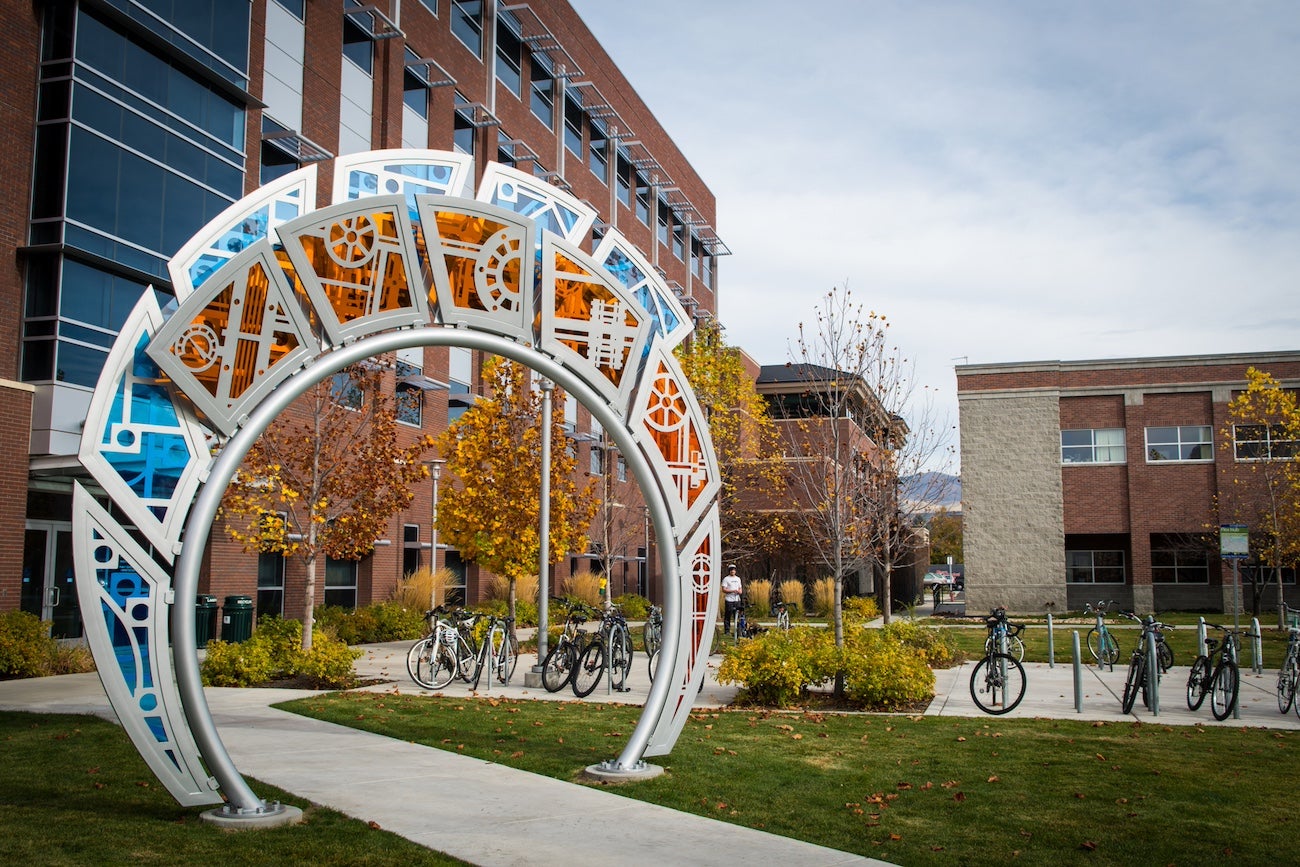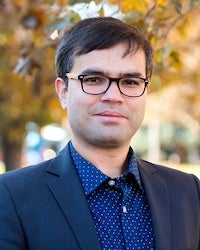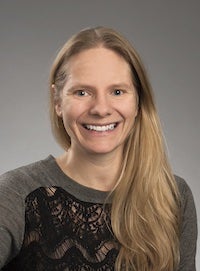
Visitors to the Environmental Research Building will learn about the Agricultural Health Lab’s goal to understand human exposures to agricultural chemicals. They will also learn from a civil engineer about the past and future of human exposure to wildfires and heatwaves from global to national and regional scales.
ERB Presenters
-

Moji Sadegh
Associate professor of civil engineering
Moji Sadegh is an associate professor of Civil Engineering at Boise State. He is a civil and environmental engineer by training and a climatologist by passion. Moji received his PhD from the University of California, Irvine in 2015. He is enthusiastic about learning how Earth functions and how climatic changes shape the future of Earth and its inhabitants.
Sadegh works on enhancing the resilience of natural, built and social infrastructure to escalating climate/weather extremes. His research interests encompass a broad range of hydroclimate extremes, including wildfires, droughts, and heatwaves. He uses geospatial analysis, machine learning, statistical methods and data fusion/integration techniques, as well as satellite and airborne imagery and products, climate data, and socioeconomic information to unravel mechanisms that drive climate extremes and their societal impacts.
“To enhance the quality of human lives, we learn from the past to inform the future,” said Sadegh.
Moji Sadegh is an associate professor of Civil Engineering at Boise State. He is a civil and environmental engineer by training and a climatologist by passion. Moji received his PhD from the University of California, Irvine in 2015. He is enthusiastic about learning how Earth functions and how climatic changes shape the future of Earth and its inhabitants.
Sadegh works on enhancing the resilience of natural, built and social infrastructure to escalating climate/weather extremes. His research interests encompass a broad range of hydroclimate extremes, including wildfires, droughts, and heatwaves. He uses geospatial analysis, machine learning, statistical methods and data fusion/integration techniques, as well as satellite and airborne imagery and products, climate data, and socioeconomic information to unravel mechanisms that drive climate extremes and their societal impacts.
“To enhance the quality of human lives, we learn from the past to inform the future,” said Sadegh.
-

Cynnie Curl
Associate professor in the School of Public and Population Health
Cynnie Curl’s work in the Agricultural Health Lab aims to improve public health by ensuring that the methods we use to grow food are as safe as possible for farmworkers, for agricultural communities and for the general public. The lab is most focused on ensuring that agricultural pesticide use isn’t causing harm to human health
“Our research focuses on understanding human exposures to agricultural chemicals. We also want to understand their potential effects on the health of farmworkers, people living in agricultural regions and the general public,” said Curl. “We are particularly focused on understanding whether and how people are exposed to agricultural pesticides, and we measure pesticide levels in biological samples we collect from people, as well as in house dust, soil and water.
Tour visitors will specifically learn about:
- How are people in Idaho exposed to agricultural chemicals?
- What groups are potentially most vulnerable to pesticide exposures?
- How has this work in Idaho led to other opportunities globally?
Cynnie Curl’s work in the Agricultural Health Lab aims to improve public health by ensuring that the methods we use to grow food are as safe as possible for farmworkers, for agricultural communities and for the general public. The lab is most focused on ensuring that agricultural pesticide use isn’t causing harm to human health
“Our research focuses on understanding human exposures to agricultural chemicals. We also want to understand their potential effects on the health of farmworkers, people living in agricultural regions and the general public,” said Curl. “We are particularly focused on understanding whether and how people are exposed to agricultural pesticides, and we measure pesticide levels in biological samples we collect from people, as well as in house dust, soil and water.
Tour visitors will specifically learn about:
- How are people in Idaho exposed to agricultural chemicals?
- What groups are potentially most vulnerable to pesticide exposures?
- How has this work in Idaho led to other opportunities globally?